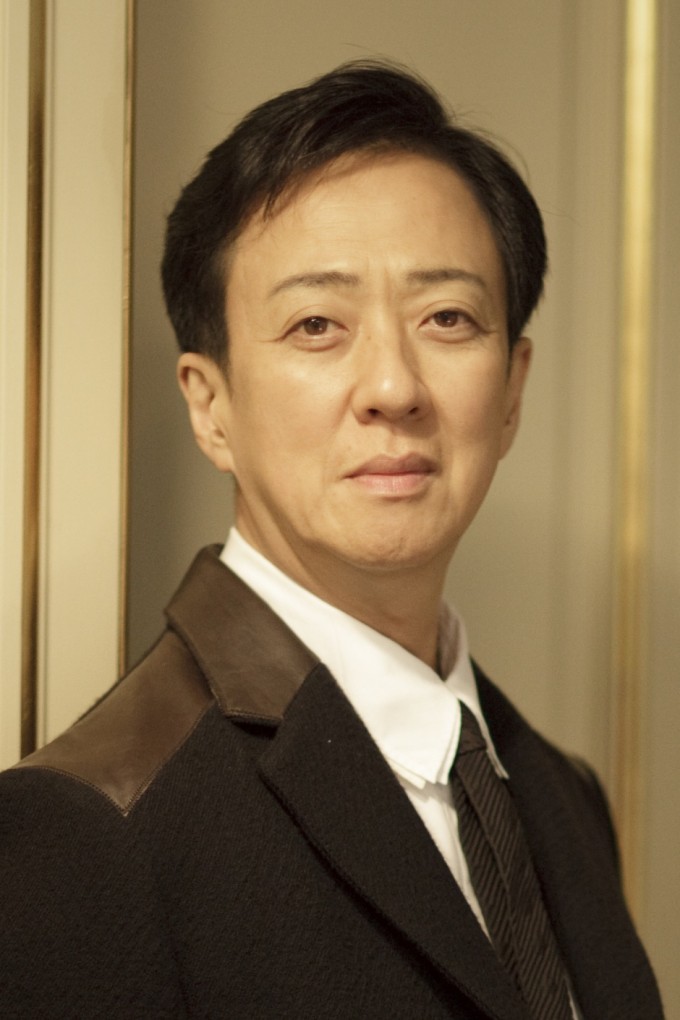Tag ‘Sachiko Tamashige’
“From ‘Amaterasu’ to ‘Mystery’: Part 4″ by journalist Sachiko Tamashige
From “Amaterasu” to “Mystery”: Part 4
Article by journalist Sachiko Tamashige
“Mystery” directed by Tamasaburo Bando

Tamasaburo Bando,
Artistic Director
The audience may wonder what kind of idea lies behind the production of “Mystery.” To address this, Tamasaburo Bando wrote the following note prior to the opening:
“It’s hard to put into words, but I’m aiming to create a world of mystery. Across Japan, the folk arts have been handed down for countless generations. There’s a sacredness there, an air of mystery within each prayer. The drums express this, and I would like for the audience to feel it, too. I hope theatergoers will experience the same sort of otherworldly splendor that you sense in temples, shrines, and moments of discovery in the forest. I also want people to enjoy darkness: the beauty of something you come across lit by candlelight, a sense that is both vague and marvelous. Peel back the layers surrounding mystery and you find fear, humor, charm, and other varied and significant qualities. In the “Serpent Dances” that have come down from old, the defeated serpent is endowed with a surprising level of sacredness. In this performance, many things will emerge from out of the darkness. While it’s essentially a drum concert, playing as only drums can play, we’ve added plenty of visual interest. A moment of wonder means nothing unless you are actually present to experience it. Religious rituals as well as the arts have been refined over centuries, using inspiration from those who came before us. In this drumming performance, I hope that the audience will enjoy to the fullest that magical sense of space and time.”

“Mystery” introduces new theatrical elements and acting parts to the Kodo stage
Just before the opening, I asked the artistic director Tamasaburo the following question: “What is ‘Mystery’ all about ?”
“From ‘Amaterasu’ to ‘Mystery’: Part 3″ by journalist Sachiko Tamashige
From “Amaterasu” to “Mystery”: Part 3
Article by journalist Sachiko Tamashige
Iwami Kagura: Feeling the Heat and Beat in Shimane Prefecture
Yosuke Kusa admires Taizo Kobayashi, his teacher of Iwami Kagura (Iwami: a region, the west part of Shimane Prefecture/ Kagura: dance and music for the kami, or deities): “Taizo looks so cool when he claps his hands to pray for deities in front of the household Shinto altar. Even his everyday routines show his integrity, which is also reflected in his Kagura performance. Kagura is not just about dancing — it is also the way a performer lives their life.” Yosuke met Taizo at the Kyoto University of Art and Design when Taizo ran an Iwami Kagura workshop. Around ten years ago, he started visiting Taizo in his hometown of Yunotsu, Shimane Prefecture.
Taizo’s primary job is making masks for Iwami Kagura. In September of 2013, two cast members of Jamai — Yosuke and Shogo Komatsuzaki — spent two weeks at Taizo’s studio to learn the serpent dance, as well as experience life with the local people. Yosuke and Shogo tried to get to the heart of the Kagura by visiting local shrines, going for runs in the surrounding nature and exchanging ideas and music techniques through sessions with members of a local group of Iwami Kagura. “The local people live with the deities by practicing rituals to either purify themselves or show their gratitude,” Yosuke added, “Iwami Kagura is nourished and enlivened by the way the locals live their lives, and it has been handed down from their ancestors to future generations. Iwami Kagura is also a way for adults to teach good behavior and adherence to the social code to their children. I would like to learn not only the forms and techniques but also its spirit, which links our lives with our direct experience on stage.”

Mr. Kobayashi makes masks at the Kobayashi Workshop.
An array of Kagura masks await their chance to spring into action.
“From ‘Amaterasu’ to ‘Mystery’: Part 2″ by journalist Sachiko Tamashige
From “Amaterasu” to “Mystery”: Part 2
Article by journalist Sachiko Tamashige
Behind the Scenes of “Mystery”
Jamai — the “Serpent Dance” — is derived from Orochi, known as “the Great Serpent Dance” from Iwami Kagura (Iwami: a region, the west part of Shimane Prefecture/ Kagura: dance and music for the kami, or deities).The Kodo cast members of Jamai absorbed the skill and spirit of this traditional folk dance by learning from local performers while in Shimane as artists in residence. Iwami is the name of this area in the western part of Shimane Prefecture. Iwami is famous for its historical site, Iwami Ginzan, the largest silver mine in Japan, a world heritage site. Kagura was originally performed to summon kami (deities) during traditional rituals of worship in shrines and other sacred places. Japanese traditional music, dance and festival culture has its roots in these ancient rituals. Taiko, or the Japanese traditional drum, was once regarded as a sacred instrument because of its magical power to conjure up the deities for tasks such as bringing rain to a region in need.

The Kodo cast members of Jamai absorbed the skill and spirit of this traditional folk dance by learning from local performers while in Shimane as artists in residence.



